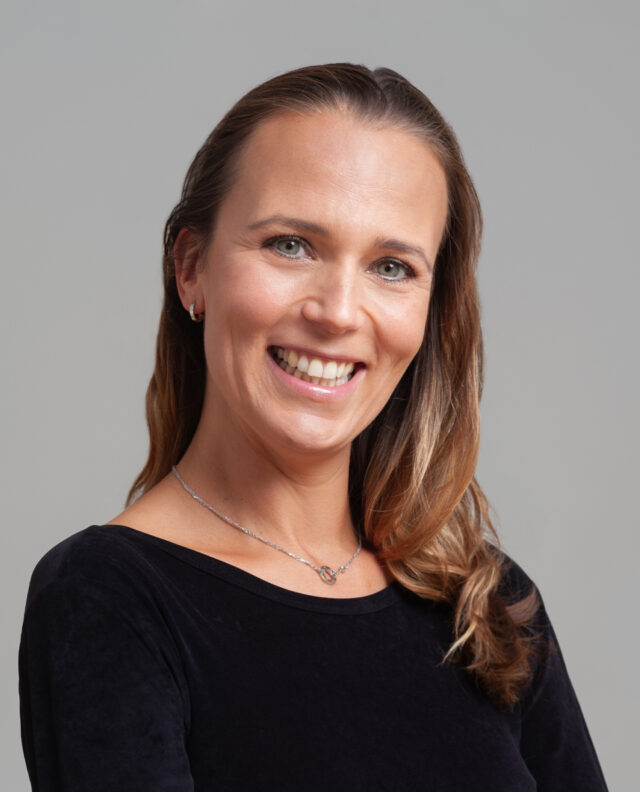
There’s no single playbook for managing talent.
The foundation is always the same: it’s about understanding the company’s vision and mission, the business model and the KPIs that will drive success. As a human capital professional, you have to understand what unique talents management team members bring to the table, and how to get the best out of them, as well as identify gaps that need to be filled out via promotions or external hiring. Once you have established this informational base, each case requires a different playbook. Each company has different leaders, a different organizational design and a different culture. You have to adapt the plan to the specifics, once you’ve laid the groundwork. My passion is for finding out the strengths of the individual team members, then exposing them to the right opportunities and giving them the tools to be the best they can be in their roles. The satisfaction of empowering people to shine in their jobs is worth the effort, and the impact on the bottom line is unquestionable.
An international background is an advantage.
I’m from Poland and worked in various locations in Europe prior to moving to the US. I even spent time working in China, Japan, and Africa. I believe this broad perspective allows me to better assess people wherever they are. I see behaviors, strengths and vulnerabilities, and I see them through the thick veil of cultural norms that develop in each culture. And for many of our companies at Advent, as we scale and grow a business internationally, what matters above all is being able to understand the local market for talent. Having a global background is a real competitive advantage.
I spent six years at a non-profit organization fighting poverty.
Originally, it was just the founder and me: we scaled the organization from two to 200 people. Our aim was to go into post-conflict zones in Africa and empower people to create sustainable solutions to the issues in their lives. We covered everything from agriculture and healthcare to education and small businesses. We educated local leaders on how important it was to build teams with skills that complemented their own, and to develop a real understanding of the people who surrounded them. It was an example of the servant-leadership model that I use to this day. I would never be able to be as effective in my work had I not been part of such a unique experience.
Diversity means more than just balancing the numbers.
I’ve been involved with many organizations supporting women who want to get into board roles with pre-IPO or public companies, or into investing roles in venture capital. One of the lessons I’ve learned observing women in these positions is about building a culture of diversity rather than just achieving diversity milestones. To achieve better outcomes for the organization, diversity can’t just be about hiring more women or diverse executives. The most successful companies recognize that you not only need to have people in the company with diverse backgrounds; you also need to give them a seat at the table and listen to what they have to say. When you surround yourself with diverse experiences and opinions, you end up making better decisions, which lead to better outcomes.